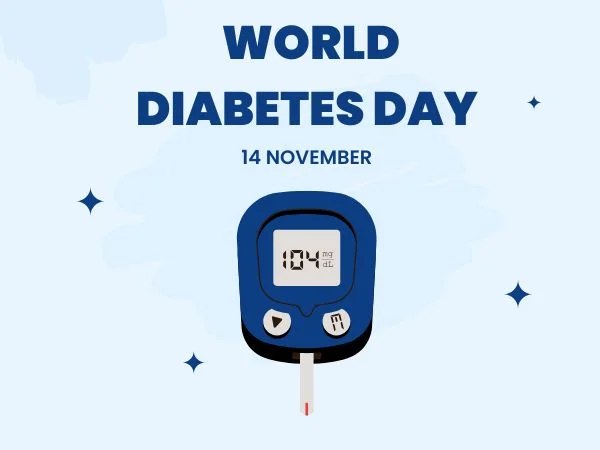In 2025, patient safety remains one of the most critical foundations of healthcare worldwide. It’s not only about curing diseases—it’s about ensuring that the cure itself doesn’t cause harm.
When it comes to babies and young children, safety becomes even more vital. Their bodies are still developing, and they often cannot express how they feel. That’s why healthcare providers must give extra care, precision, and attention during treatment.
Over the years, preventable mistakes—like wrong medication, hospital infections, or delayed diagnosis—have taught the medical world a powerful lesson: safe care saves lives.

Global Statistics on Patient Safety
Despite massive progress, millions of patients worldwide still suffer preventable harm every year.
According to global studies:
In children’s hospitals, between 4% to 54% of patients experience medical errors.
In ICUs, this number can exceed 90% in certain healthcare systems.
Among newborns, up to 97% of harmful incidents are considered preventable with better safety measures.
These numbers highlight the urgent need to strengthen patient safety systems. Beyond health, unsafe care also brings a huge financial cost—billions of dollars spent on extended hospital stays, additional treatments, and recovery support.
In short, investing in patient safety is both a moral and an economic necessity.
Common Causes of Patient Harm
Patient harm rarely occurs due to one single mistake. It usually results from a combination of human, technical, and organizational issues.
Organizational Factors
Overworked healthcare staff and staff shortages
Outdated equipment and poor infrastructure
Weak or inconsistent safety protocols
Human Factors
Miscommunication between teams
Fatigue or burnout
Inaccurate diagnosis or treatment errors
Technological Challenges
While technology improves accuracy, poor use or lack of training can sometimes create new risks.
Solution: Building a strong safety culture—through proper training, teamwork, and open communication—can drastically reduce these errors.
Patient Safety in Children: A Special Priority
Children are not just smaller adults—they need unique and precise care.
Their bodies process medicines differently, and even small dosing errors can be dangerous.
Key Safety Focus Areas:
Medication Accuracy: Use child-specific doses to prevent overdosing or underdosing.
Infection Control: Maintain strict hygiene to protect developing immune systems.
Parental Involvement: When parents are involved in care decisions, outcomes are significantly safer.
Hospitals that actively include families in safety efforts report fewer medical errors and faster recovery rates.
WHO’s Global Action Plan for Safer Healthcare
To tackle patient harm globally, the World Health Organization (WHO) launched the Global Patient Safety Action Plan 2021–2030. Its goal: Zero preventable harm in healthcare.
The Plan Focuses On:
Building a culture of transparency and accountability
Promoting non-punitive reporting systems
Encouraging continuous training and teamwork
Involving patients and families as active partners in safety
Hospitals that follow these safety principles have reported up to 30% fewer medical errors, proving that progress is possible when everyone is committed.
How Technology and AI Are Shaping Patient Safety in 2025
Technology has become a major ally in improving patient safety.
Ways Technology Helps:
AI-powered systems detect diagnostic errors early
Electronic Health Records (EHRs) improve communication between departments
Smart monitoring devices alert staff to risk factors in real-time
Automation tools ensure medication and procedure accuracy
However, healthcare must ensure that technology is used ethically, securely, and responsibly—with proper training and data protection to avoid new forms of risk.
From Awareness to Action
Raising awareness about patient safety is important, but real change comes from action.
Key Steps for Safer Healthcare:
Regular Training: Keep healthcare teams updated on safety protocols.
Open Communication: Encourage a non-blaming culture where staff can report mistakes safely.
Use of Technology: Leverage AI and data analytics to predict and prevent harm.
When hospitals combine these efforts, patient trust and care quality improve dramatically.
The Road Ahead: Making Safety the Heart of Healthcare
True quality healthcare begins with one promise: do no harm.
To achieve this, every level of the health system must take responsibility.
Future Priorities:
Strengthen safety standards globally
Support continuous education and staff well-being
Invest in innovation that enhances safety, not risk
Empower patients and families to take part in decision-making
By embedding safety into every process—from diagnosis to discharge—we can create a healthcare system where healing always comes first.
Conclusion: Healing Should Never Hurt
Patient safety is not just a checklist—it’s a commitment to every human life.
Whether it’s a premature baby or an elderly patient, everyone deserves care that heals without harm.
By working together—doctors, nurses, families, and policymakers—we can make healthcare safer for all.
Because at the end of the day, safety is the foundation of trust, quality, and true healing.
Frequently Asked Questions (FAQs)
Q1. What is patient safety?
Patient safety means protecting people from preventable harm during medical treatment through proper systems, training, and communication.
Q2. Why is patient safety especially important for children?
Children have developing bodies and unique health needs, making them more vulnerable to medical errors.
Q3. How can hospitals improve patient safety?
By providing continuous staff training, using safe technologies, and promoting teamwork and open communication.
Q4. How does technology improve patient safety?
AI tools and digital systems detect early warning signs, ensure medication accuracy, and improve overall monitoring.


